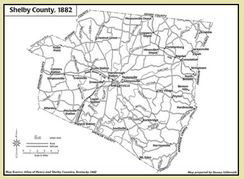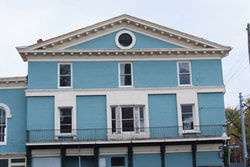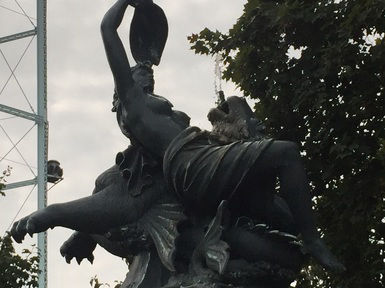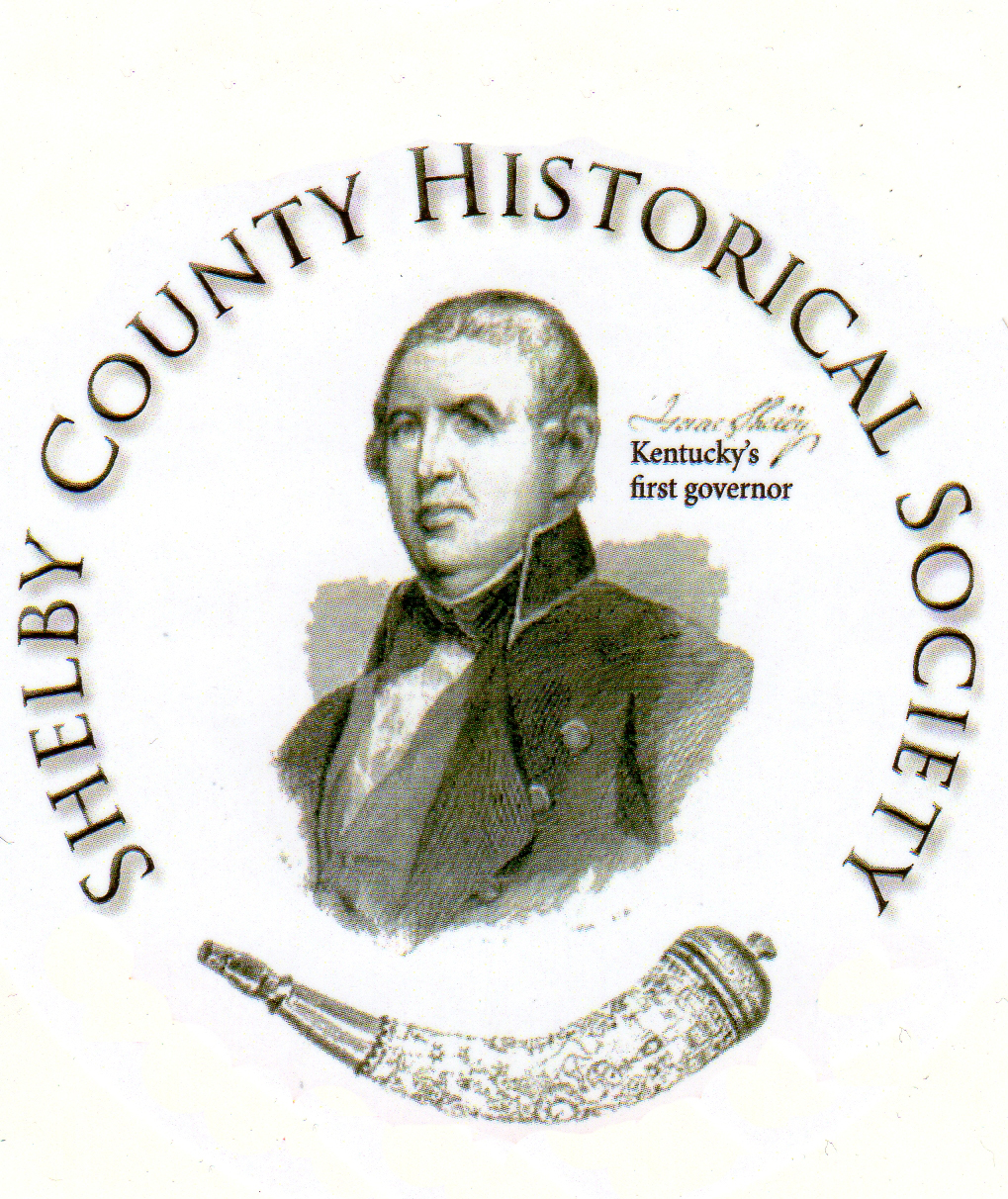
The Squire Boone Statue on East Main St.
SQUIRE BOONE
Squire Maugridge Boone, Jr. (October 5, 1744 – August 5, 1815) left his mark on Shelby County and Kentucky history. He is best remembered for establishing a station along the banks of Clear Creek in a very pivotal era of Shelby County’s rich history. Settling Painted Stone Station in 1779/1780, Squire was one of the founding fathers of the county along with many other brave souls who ventured into the western lands of what became Kentucky. He played a pivotal role in the formation of the 12th county of Kentucky.
In honor of his accomplishments, a statue was created in his honor by sculptor Raymond Graf. A committee was formed to oversee the project, several members being members of the Shelby County Historical Society. Its dedication in 2018 drew over 100 descendants to Shelby County for a reunion and tribute to Daniel Boone’s younger brother. A crowd gathered at Centenary United Methodist Church, whose heritage also has Painted Stone ties. The Boone Society held its National Reunion and Conference on June 20-24, 2018 in Lexington with a special event in Shelbyville on June 21 to celebrate the placement of the statue. Members placed a wreath at the statue on East Main Street to mark the significance of Squire Boone’s efforts to establish Shelby County, as well as Kentucky.
With many members world-wide, The Boone Society Inc. is an association of descendants, genealogists, and historians who enjoy studying the lives and times of this remarkable family. It was formed as a reference service for researchers, a conduit for genealogists, clearing-house for bibliographical works, and to host the biennial Boone Family Reunion.




